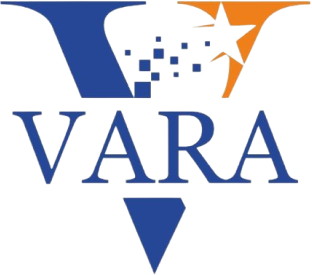
3D Manufacturing Is Evolving Aggressively Now
The application of additive manufacturing in making medical implants is not new. Owing to its ability to create complex geometries that copy the shape and function of natural bone, 3D Printing and additive manufacturing has been gaining popularity in the implant industry over the last decade. However, the applications of 3D manufacturing are evolving aggressively now, much beyond the typical hip cups and spine cages . It is reshaping what implants can do and how patients can be treated. How? Let’s find out
Accelerated Product Development
3D Printing and additive manufacturing presents an opportunity for medical professionals to obtain very specific customised drugs/parts quickly, thus enabling rapid production and transforming the way doctors approach surgeries. Patient specific anatomical models are becoming increasingly useful in modern medicine. Once the right design is found, 3D printing allows surgeons to quickly prototype them using the intended manufacturing process, thus largely reducing the waiting lists and increasing the number of lives saved.
Making Custom Implants the New Norm
Rapid product development offers a huge advantage over traditional ones, as they can be developed much more quickly. Patients are now able to avail parts that are made to fit their particular bodies, leading to an increased success rate as well as recovery rate in surgeries.
Our Solutions – Design to Prototyping
The Webel Fujisoft Vara CoE provides services to hospitals across the Country to print organ models, surgical tools, surgical guides, prosthetics, implants, splints etc. as a service. Our state-of-the-art 3D lab is built in collaboration with Stratasys, one of the world’s leading 3D manufacturers.
The 3D Printers at the Webel Fujisoft Vara CoE can print 3D models of body parts with extreme precision from MRI and CT scans. The models are exact copies of the patients’ organs, This allows for improvements in:
- Planning: 3D Models allow for physical, spatial and tactile orientation that computer models cannot match- this can be of immense benefit to surgeons in terms of planning surgery
- Practice: 3D Models allow for clinical rehearsals that lead to reduced surgery times, fewer complication and faster recovery
- Decision making: A 3D model of the body part to be operated on allows surgeons to decide on the optimal therapeutic procedure as well as products that are best suited to the patient anatomy and pathology
- Training: 3D Models of complex cases can be used for training.
Our Capabilities:



Join the Conversation
Receive newsletters, webinar invitations, announcements and more.

